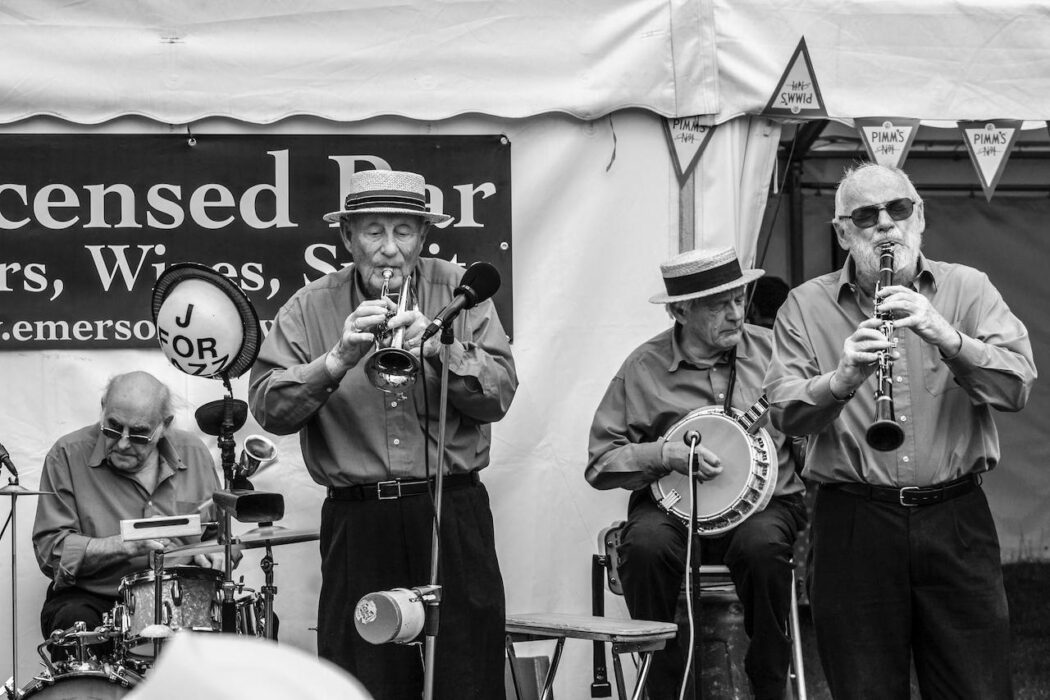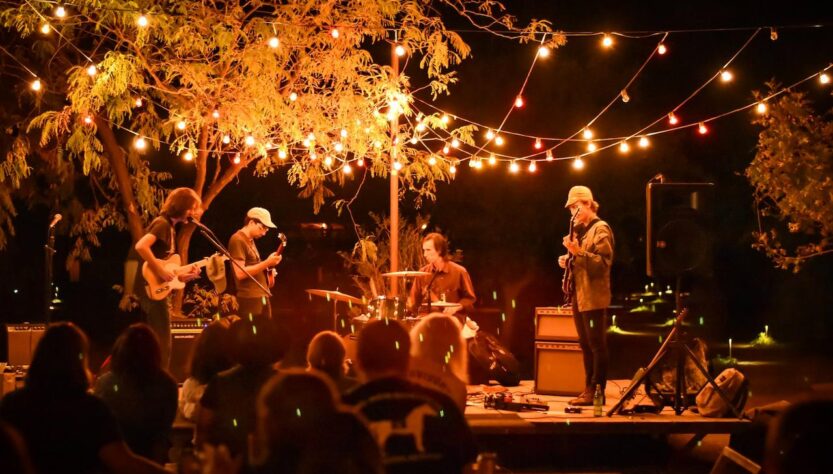Jazz is a unique form of music that unites races and nationalities, and blurs boundaries between people and countries with its unique, vibrant sound. But many admit that jazz is too complicated for them. Is it really so? Today we’ll tell you how to listen to jazz and how plantation dwellers invented jazz music.

History of the Origins of Jazz
Jazz has its origins in the tradition of African music. Its founders can be considered the peoples of the African continent. The slaves brought to the New World from Africa were not of the same lineage and often did not understand each other. The need for interaction and communication led to unity, and the creation of a single culture, including music. It was characterised by complicated rhythms and dances with stomping and clapping. These, together with blues motifs, created a new musical direction.
The processes of blending African music culture with European music culture, which had undergone serious changes, began in the eighteenth century, and in the nineteenth century led to the emergence of a new musical trend. The world history of jazz is therefore inseparable from the history of American jazz.
History of The Development of Jazz
The origins of jazz can be traced back to New Orleans in the American South. This phase is characterised by the collective improvisation of several versions of the same melody by a trumpeter (main voice), clarinettist and trombonist against a marching accompaniment of brass bass and drums. The day – February 26, 1917 – the five white musicians from New Orleans recorded the first gramophone record in the Victor studios in New York. Before the release of that record, jazz was a marginal phenomenon, musical folklore, but afterwards – it stunned, shook the whole of America in a few weeks. The recording belonged to the legendary Original Dixieland Jazz Band. And so American jazz began its proud march across the world.
In the 20s, the main features of future styles were found: equal pulsation of the double bass and drums, which promoted swing, virtuoso soloing, the manner of vocal improvisation without words using individual syllables (“scat”). The blues took a significant place. Later, both stages – New Orleans, Chicago – were combined under the term “Dixieland”.
American jazz in the 1930s was becoming commercialised. Therefore a movement for the revival of earlier, more authentic styles emerged among fans and connoisseurs of the history of jazz’s origins. A decisive role was played by the small Negro ensembles of the ’40s, which discarded everything calculated for external effect: pop, dance, and songfulness. The theme was played in unison and hardly ever in its original form, the accompaniment no longer required dance regularity.
From the late 40s to the mid-60s, the development took two directions. The first included the ‘cool’ and ‘west coast’ styles. They were characterised by a wide use of the experience of classical and contemporary serious music – developed concert forms and polyphony. The second direction included the styles “hardbop” – “hot”, “energetic” and close to it “soul-jazz” which combined the principles of old bebop with traditions of Negro folklore, temperamental rhythms and intonations of spirituals.
How to Start Listening to Jazz – Tips for Beginners
- Explore the history of the genre: The cradle of jazz was and still is New Orleans, but Chicago and New York are recognised as the focal points of modern world jazz. The genre evolved, and from New Orleans jazz grew swing. The best example of traditional swing is the Count Basie Orchestra, which knew how to keep a strict rhythm but also experimented boldly with bebop. Later, Charlie Parker and Miles Davis completely changed the concept of jazz by developing new musical directions.
- Listen to the great jazz composers: It’s no secret that in order to understand anything, you have to learn the basics. Once you start with the history of jazz, you can gradually move on to the genre’s finest pieces of music.
- Jazz is the art of soloing in an ensemble: When the big band era arrived, the dance halls were full of enthusiastic audiences ready to dance at the first trumpet sound. Consider the legendary orchestras that changed the history of improvised music in the 20th century.
- Be sure to get to know the blues: The blues world is full of brilliant musicians who gave their all in every album, and some of them became legends without ever releasing a single record!
- Ask where to listen to jazz: Find out the best places in your city where jazz is played. Visit a couple and choose one you are comfortable with.
- Attend jazz festivals: Jazz culture permeates other art forms every year and is an increasingly popular genre.
